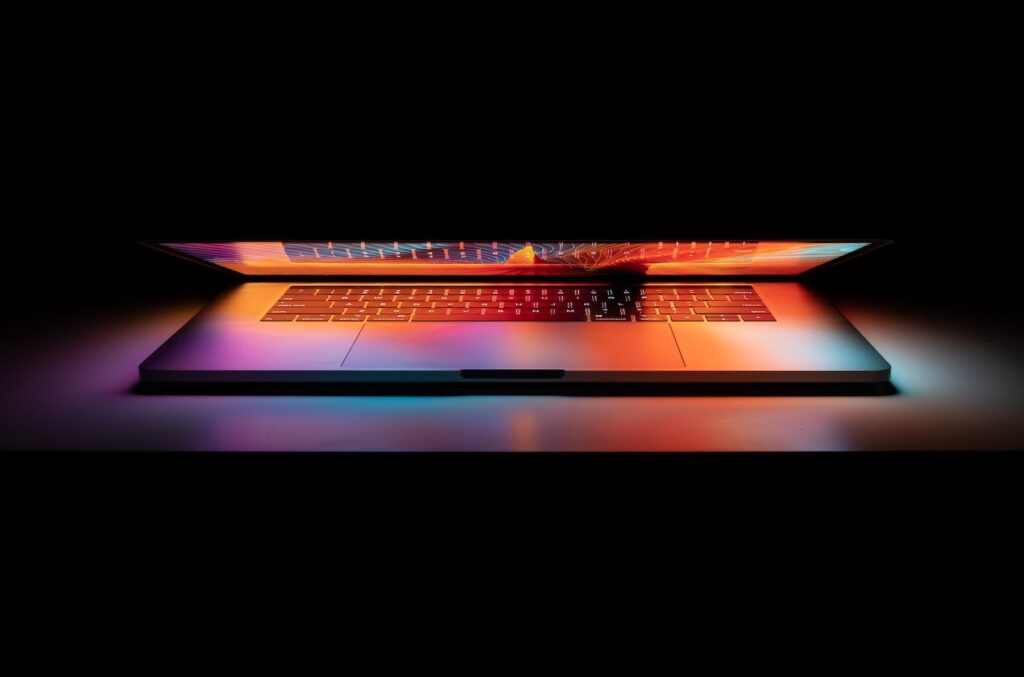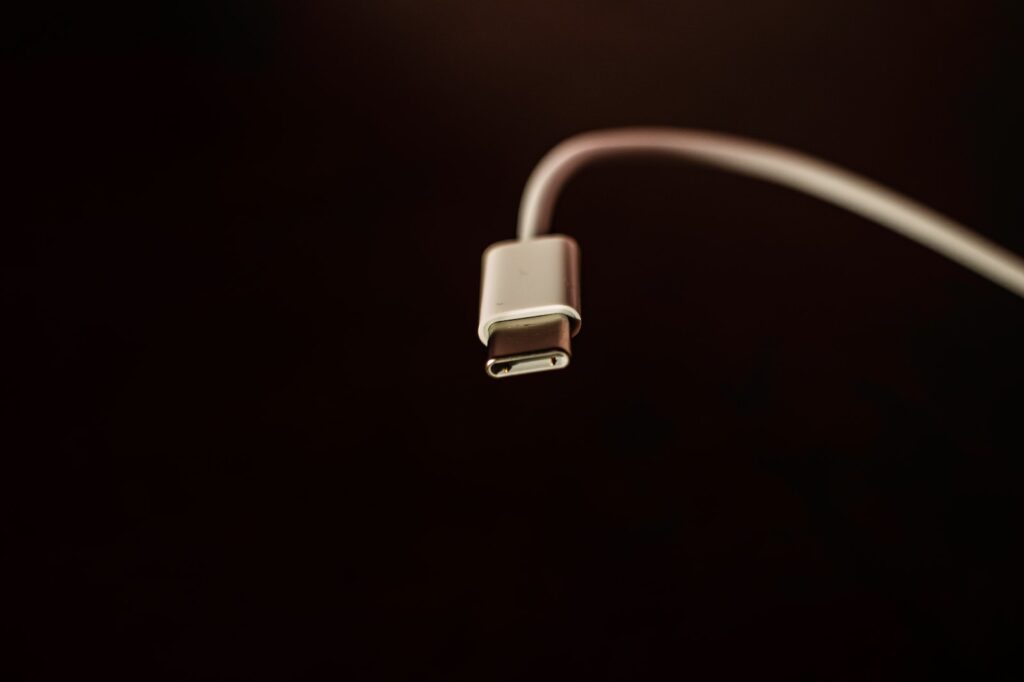Circular technology: What’s in store for 2024?
James Murdock, co-founder of Alchemy Global Solutions, picks up the crystal ball to share insights into how reuse, recycling and refurbishment can slash organisational IT and tech emissions.
Circularity and sustainability are high on the agenda for both businesses and consumers, and the circular economy is gaining significant momentum as a tool to combat growing environmental concerns. In essence, the circular economy aims to extend the life cycle of products in circulation and utilise material resources already in use, thereby reducing excess waste and providing more affordable options than buying new.
Technology, in particular, plays an integral part in the circular economy. This is because electronic waste (e-waste) is one of the fastest-growing global waste streams. In 2019 alone, the world generated 53.6 million metric tons of e-waste, but only recycled 17.4%. The other 82.6% ended up in landfills and incinerators, releasing toxic chemicals into the earth and air.
Since the circular tech economy extends the life of devices and electronic goods, businesses and consumers can purchase second-hand technology and trade in their old technology. This action greatly reduces the amount of electronic waste produced and avoids carbon emissions.
With tech advancing unimaginably fast, it’s hard to know how exactly the circular technology market will develop in 2024. So, what can we expect?
1. ‘Recycle your wire’ schemes
New regulations and devices mean consumers will move to USB-C cables, and older ‘lightning cables’ will be phased out. But what happens to those older cables has yet to be solved. And the question looms, ‘Will they be abandoned in kitchen drawers, or worse, end up in landfills?’
Initially, older cables will be needed, particularly as consumers continue to seek premium phones as old as the iPhone 7/8/X, GaIaxy S8/9/10 and Google Pixel 4/5/6, which don’t use USB-C. Therefore, there’s a need to keep hold of the cables and chargers to keep these models up and running.
The circular tech market should also see more schemes encouraging consumers to reuse cables. Manufacturers can recondition cables, package them and send them along with the refreshed and refurbished devices. Recycling and reusing tech doesn’t have to stop at phones; the accessories that keep them alive can be reused, too.
2. TikTok will trigger circular tech growth
It’s estimated that by 2026, 39.9% of TikTok users will have sold or bought items from the TikTok shop. And with over a billion TikTok users, the news that they have established a refurbed tech category on TikTok shop provides a previously unavailable opportunity for the circular tech market to grow.
The shop will enable more people access to refreshed, restored, and refurbished technology. This will particularly play to the GenZ market, as TikTok is their number one search engine, and they also prove to be big supporters of a circular economy. Gen Z is, in fact, nearly twice as likely to choose second-hand and refurbed items than older generations. When you combine TikTok’s immense reach with a generation that wants to drive change in sustainability, there will undoubtedly be a change in how tech is purchased.
3. Going beyond mobile devices
Apple and Samsung have paved the way for the trade-in of mobile devices, showing the market that a device trade-in scheme can work and that consumers are eager to participate in trade-ins. However, a trade-in program from other manufacturers is yet to develop further, including more consumer electronic and white goods products.
Similar to mobile devices, consumer electronics and household appliances are not immune to being ‘replaced’ by upgraded models, and both consumers and businesses will be forced to discard those older models if there is no alternative solution, adding to the ongoing e-waste problem.
The household appliance and electronics market is projected to grow by 4.82% in 2023-2028, with a potential market volume of $0.81tn. The sheer volume and scale of the market underscore the opportunity that a trade-in program could bring about, and manufacturers should consider implementing trade-in programs to encourage consumers to recycle tech responsibly.
4. Business and public sector will have even more to gain from circularity
The affordability gains when looking at a small business purchasing ten used laptops or a hospital buying 300 used tablets delivers savings that can be instantly budget-balancing. Opting for an 18-month-old product can save businesses and consumers as much as 50% on a new device and, upon resale several years later, another 50% recovery, fundamentally reshaping the overall ownership costs for numerous employees.
Add the ESG benefits, and the advantages of circular tech become even greater. At Alchemy, we have traded over 5 million devices, avoiding over 342,000 tonnes of CO2 emissions in the process. Embracing circular tech meets crucial business objectives, such as cost-effectiveness, and aligns suitably with sustainability goals, ensuring more responsible and evergreen outcomes.
5. Demand will continue to outstrip supply
The demand for refurbished tech is rising much faster than the supply of new tech around the world. In fact, 75% of UK consumers say they’re worried about the amount of e-waste being made, proving how significant and authorised sources in the supply chain are increasingly needed. The UN estimates that 61.3 million tonnes of e-waste will be created this year, heavier than the Great Wall of China.
The pressing need to address this situation is reflected by the fact that in 2022, the demand for the global secondary smartphone market grew by 5%, with India’s demand growing by 19% YoY. That also means we’ll see higher prices for used tech over time. But price rises will still be lower than any new tech.
Success for circular tech in 2024
It’s clear that businesses and consumers are moving towards sustainability, and part of that means that we need a circular market for our tech, especially given how much e-waste is being generated. As we all start moving over to a circular economy, we’ll see radical benefits for the environment and our wallets.
Images: Tianyi Ma / Mishaal Zahed مشعل زاهد / LYCS Architecture / Mick Haupt




















